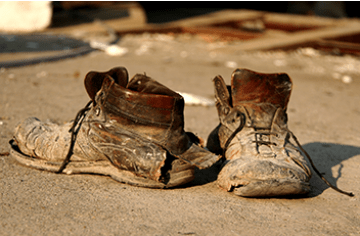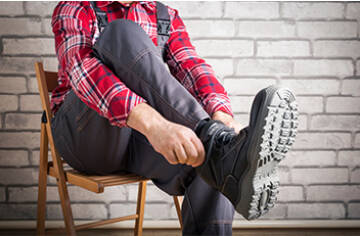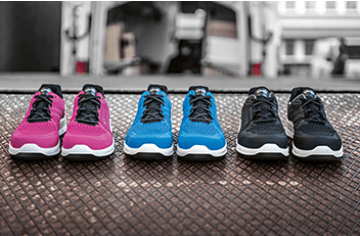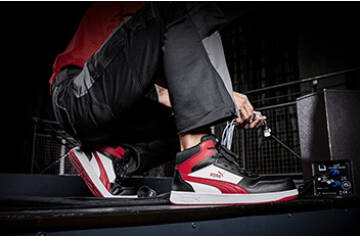
Updated 14.07.2025.
We regularly receive requests for safety shoes that are highly water-repellent or fully waterproof. The next question is: do you mean water-repellent or really waterproof?
When it comes to safety shoes, you can see the difference according to the mention of the mention of WR or WRU on the label. In this article, we explain what these markings mean, what to look out for and how to make the right choice.
Discover our range of waterproof safety shoes
WRU marking on safety shoes?
WRU stands for Water Resistant Upper. This means that only the upper (leather part of the shoe) has been tested for water resistance. So the shoe can withstand a rain shower, but it is not completely waterproof.
NB: WRU does not test for the quality of stitching or the connection of the upper to the sole. This does mean WRU shoes can get wet on prolonged contact with water.
WR marking on safety shoes?
WR stands for Water Resistant. This indicates that the entire shoe has been tested for its waterproof capacity.
To obtain this marking, the entire shoe undergoes a waterproofing test. There are 2 ways to do this:
- A practical test in which a person steps into a water tank with their shoe on.
- A machine test simulating stepping movements and folds in a water basin with a water height of 3 cm.
In both tests, the inside of the shoe must not let through more than 3 cm². This checks to ensure that the membrane, stitching and the upper are completely waterproof. High-performance membranes , such as Gore-Tex or Sympatex, are often used for this purpose.
When do you choose WR or WRU?
Not sure whether to choose WR or WRU? It depends on your working environment and the duration of exposure to moisture.
WRU is suitable for light rain or occasional contact with water. For example, when working on construction sites, warehouses or distribution centres where you are sometimes outside:
- Water-repellent upper
- Protects in case of rain
- No test on stitching or seams
WR is the best choice if you work for long periods in wet or humid conditions. Think road workers, farmers, sewer workers or anyone who is outside in the rain all day:
- Fully waterproof membrane (e.g. Gore-Tex)
- Tested on the whole shoe
- Suitable for extended periods of outdoor work in cold and wet conditions.
Discover our range of waterproof safety shoes
Care tips for your waterproof safety shoes
To extend their lifespan and maintain optimal waterproofing, follow these few tips: Rinse off mud, allow shoes to dry naturally and use a suitable membrane or leather care product.
Be sure to watch our video: What is the difference between WR and WRU in safety shoes?
Want to know how to choose the most suitable safety shoe? Download our selection guide for foot protection.









